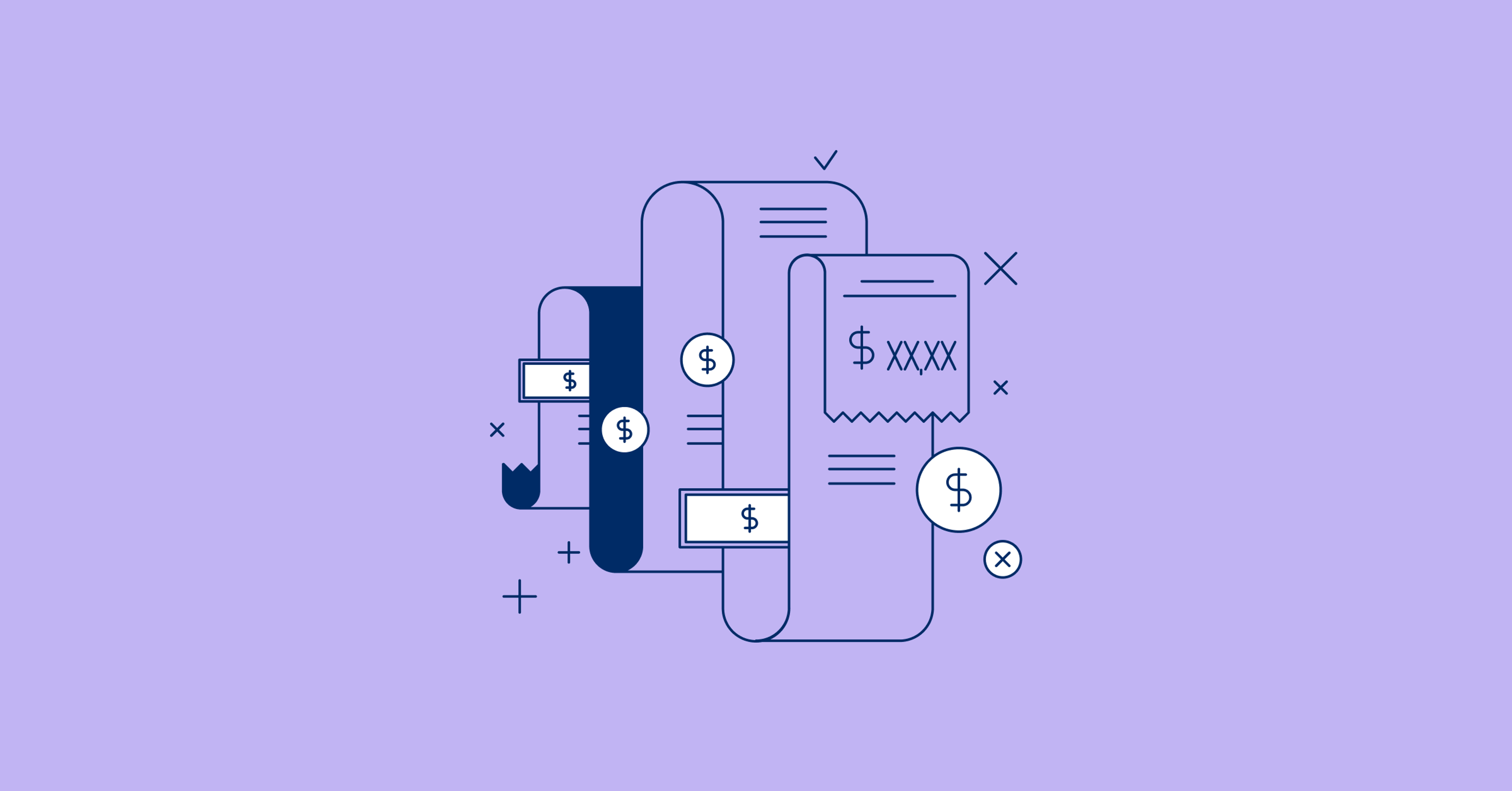November 7, 2022
What are ACH Transfers? The Ultimate Breakdown

Sign up for our newsletter
Stay informed with the latest trends and best practices in finance and procurement.

Money couldn’t possibly make the world go-'round if it never went anywhere. Colloquialisms aside, moving money between accounts, whether to your own, friends, employees, or vendors, is essential for any functioning business.
In a line of thinking akin to “how the sausage is made,” the moving of money is not nearly as simple as moving it from point A to point B. Sure, it may seem that way on the surface, but behind the scenes, the reality is far more complex. Rather than there being a single, underlying principle behind moving money, there are indeed several. One such example are ACH transfers (or ACH payments), which we’ll dive into below.
This article will cover the following topics:
- What are ACH Transfers?
- How long do ACH Payments Take?
- What are the advantages of ACH Transfers?
- What are the downsides of ACH Payments?
- What is ODFI & RDFI?
- What are the different types of ACH Transfers?
What are ACH Transfers?
ACH transfers (or ACH payments) are a fee-free method of moving money from one account to another. Electronic and bank-to-bank ACH transfers take place via the Automated Clearing House (ACH) Network. In 2020, over 2 Billion transfers went through using ACH, which represents a 15%+ year-over-year increase.
How long do ACH Payments Take?
Unlike other, oft-used fund transfer processes, such as wire transfers, ACH payments are remarkably fast. Usually, they take a single day to go through. However, the ACH uses a batched framework, meaning that daily transfers are broken up into three large batches that go through in the morning, midday, and evening. This break-up occurs in place of having transfers go through at random points throughout the day.
What are the advantages of ACH Transfers?
The advantages of ACH transfers come down to three primary factors: convenience, speed, and cost. Given other means of payment, including cash and check, ACH is hands-down the safer and more convenient option, especially given that the others may necessitate the use of snail mail. Moreover, given that they’re often free and clear within 24 hours, ACH transfers have substantial advantages, indeed.
What are the downsides of ACH Payments?
The downsides of ACH payments are primarily situational. Depending on the transferring bank or institution in question, limits may be imposed on the size, frequency, and timing of a customer’s transfers. As a result, you might incur a fine or temporary ban from initiating additional transfers if you transfer too often or exceed a specific value. Moreover, should your scheduled transfer miss that of the day’s final batch, your transfer might be delayed to the following day, thus causing potential headaches.
What is ODFI & RDFI?
ODFIs, or Originating Depository Financial Institutions, act as the interface between the ACH network and a transaction’s initiator. In plain terms, ODFIs are what allow payments to be sent via ACH. Conversely, RDFIs, or Receiving Depository Financial Institutions, are banks that have agreed to receive transfers from the ACH network. Simply, RDFIs and what allow ACH transfers to be received.
What are the different types of ACH Transfers?
Though ACH transfers are broadly defined, there are, in fact, different types. Given that these individual ACH payment types dictate intent and use cases, they are well worth digging into deeper. As follows, the different types of ACH transfers include ACH Direct Deposit and ACH Direct Payment.
1. ACH Direct Deposit
ACH Direct Deposit is a type of ACH payment that all employees know well. This type of transfer is how many people get paid, whether from employers, governments, banks, or even the IRS. The process behind ACH direct deposit is pretty straightforward. Just as the name ‘Direct Deposit’ implies, once funds are transferred, they will be deposited directly into the receiving bank account.
2. ACH Direct Payment
Individuals and businesses use ACH Direct Payments to send money and make payments. Individuals often encounter ACH Direct Payment when using online bill pay systems or even payment apps like PayPal, Venmo, or Zelle.
In the context of business-related transactions, the breakdown between ACH Direct Deposit and Direct Payment can be a matter of semantics. Vendors and employees must be paid on time, regardless of any tech or geographic obstacles.
To ensure a seamless transfer, companies have begun turning to external finance platforms. That’s where PayEm can help. Businesses can automate their payments and transfers across 130 currencies and 200 territories without missing a beat, all while using our connected finance platform. For more information, including how to set up a demo, visit us here.


